The Solutions We Provide
Since .NET was introduced we have successfully implemented solutions for various domains like

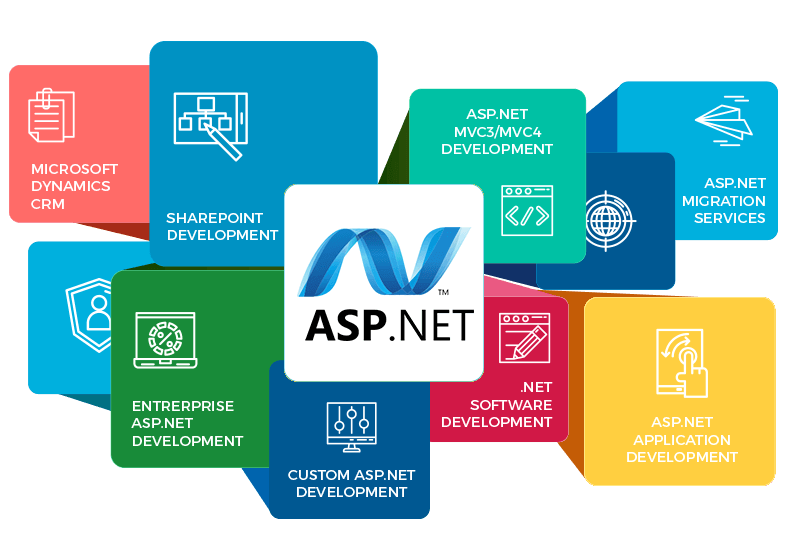
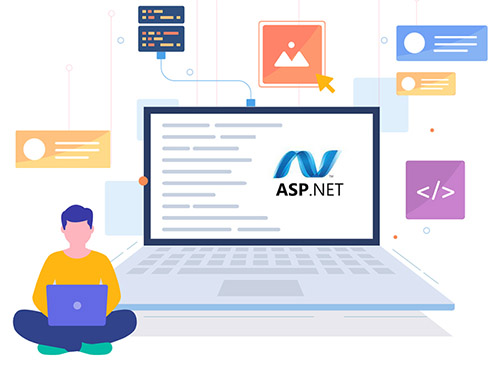
ASP.NET is an open source web framework for building dynamic web applications and services with .NET and ASP.NET. With our help, we can create websites based on HTML5, CSS, and JavaScript that are fast paced, efficient, and scalable to millions of users. As an ASP.NET development agency we rely on the use of latest tools and techniques, as well as the skills and expertise of our team of efficient developers.
Here at Dotsquares our goal is to deliver work that exceeds our client’s satisfaction. We’re an ASP.NET development company providing our undaunted development services to clients on an international level. With the strength of our core values and our vast array of skills, we promise to deliver the ultimate web applications and services. Our experts here are prepared to turn your ideas in to a virtual reality – through clever coding.
Hire .NET developers from us and let your ideas sail through the internet.
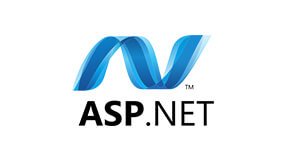
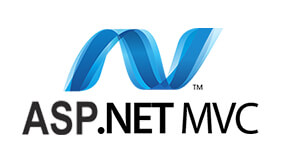
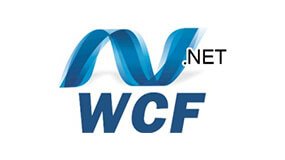
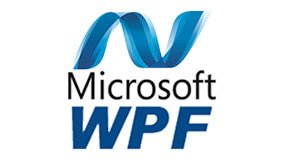
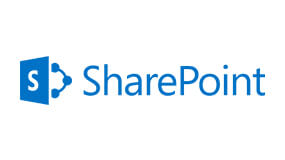

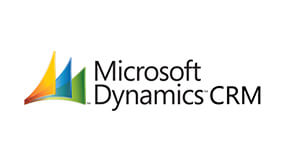
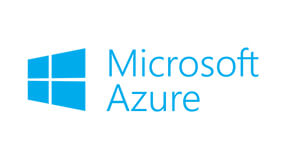
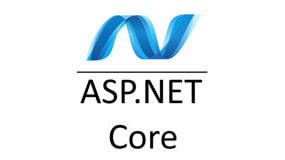
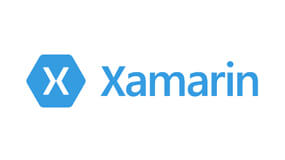
Since .NET was introduced we have successfully implemented solutions for various domains like
Financial solutions
Travel booking engine
Enterprise content management system
CRM Desktop / web
Business solutions
Corporate information system
e-Learning
Insurance
Web portals
e-Commerce Solutions
Social Networking
Automotive
Hi-Tech
Publishing
Communication Services
Travel
Logistics and distribution
Education
Utilities
Aviation
Financial services
Media and entertainment
Consumer packaged goods
Health care
Retail
Industrial and manufacturing

We develop applications that can run on any popular platform like Windows, Linux and macOS using latest and fast, modular platform like .NET Core and ASP.NET Core.
Our team provides a third-party software component that is reusable, and is developed to be either freely distributed or sold by an entity other than the original vendor of the development platform.
Dotsquares brings the power and efficiency of .NET to iOS and Android, reusing skills and code while getting access to the native APIs and performance.

Our specialized team build custom software applications for users and third-parties.
Our development agency offers services for integrating enterprise applications, business-to-business systems, business processes, legacy and third party systems.
Implement your cloud based services in .NET with the experts from Dotsquares and reduce your cost of development and maintenance. We will enable you to scale up or down quickly with our cloud based services.
We follow a simple roadmap to success
We listen and analyze your requirements.
We’ll ask any queries and create the scope of work.
We’ll then supply an estimate and project timeline for you to review and confirm.
Designs are created based on any supplied design guidelines and the current market standards, as well as input from our skilled designers.
Designs incorporate both ease of use and attractive UI for an exceptional user experience.
Development starts when the designs are finalized and we deploy our best developers to make sure you get the desirable results.
During development the project is used and tested by you, all feedback is built into the project.
We perform UAT Testing and ensure compliance with the various standards to ensure a quality product.
We launch the product, setup the live services and retest to ensure all is working.

Real Estate

Travel & Hospitality

B2B Solutions

B2C Solutions

Healthcare

Education & e-Learning

Banking & Finance

Startup Solutions

Food & Drink

Media & Publishing








Certified and Experienced .Net developer
Flexible timings
Transparent Daily progress updates
24*7 Technical Support
Faster and Robust application development through proven methodologies
Option for Onsite development
Regular Face to Face interaction with Technical Team or Project managers
Option for Onshore project managers
Flexible Hiring models
Team size flexibility with quick scaling up or down as and when required
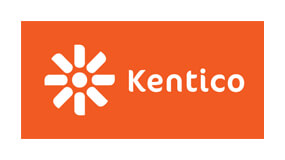

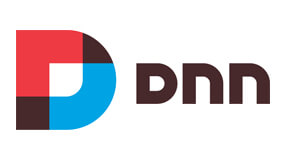
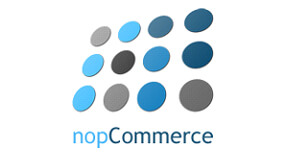
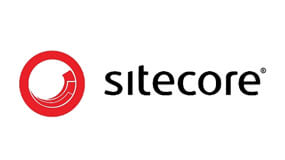
We’re efficiently effective!

20+ years experience in the industry

Streamlined Communication System

Proven Methodologies

Competitive Pricing

Source Code Authorization

Comprehensive Reporting

Security and IP Protection

Well versed with MVC Structure

Quality Network & Zero Downtime

Flexible Engagement Models

Best-in-industry quotations

Hire from a pool of highly Proficient Developers
Providing serviced apartments, family homes, villas & cottages, and aparthotels to the guests in almost any holiday destination is what Still Life is all about. The most popular locations where the service is provided include London, Madrid, Paris, and Barcelona, though there is still a lot more.
"To provide hassle free and cost effective solution to our client's visa needs. To foster a workplace where employees take pride and ownership in their contributions."
Dubbopark is designed to assist in the management of parking facilities. DUBBO PARK provides its clients a complete audit trail of every parking debt uploaded onto the platform, from the Initial creation, to the closing of a debt.
It is the place for the aviation industry to explore all the M&E/MRO IT Software solutions on the market, from the world's leading Vendors.
It is the top restaurant equipment distributor offering the recognized reliability of names like Garland, True and Frymaster.
It allows practitioners to comply with their legal requirement under the ADR Regulations 2015 to signpost consumers to a government authorised consumer redress scheme and to settle or resolve complaints made by consumers against our Members.
Client Money Protect (CMP) is a client money protection Membership designed to protect client money held by Property Agents and Professionals. The Members clients are protected in the event that the Member misappropriates the client money held in the course of running their business.
It is a new, straight forward and easy to use consumer redress scheme for Property Agents and Professionals. It allows Agents to comply with their legal requirement to be a member of a government authorized consumer redress scheme and to settle or resolve complaints.
It is church information related site that allows finding a church, nearest church and Church person etc.
This site mainly encourages local churches to develop a clear long-term vision for their building. Also, It helps churches engage with their local community and develop their local vision and mission, leading to wider use of their buildings, and access to heritage resources.
Targeting the Australian audience, the website is a telecommunications platform specializing in retired and aged care. They are the providers of direct telephony, data, pay tv and cabling services to residents living in Retirement Villages in the continent.
The most trusted source in compliance training, HIPAA Exams offers a variety of courses online. The most popular courses available here include HIPAA for Business Associates, HIPAA for health Care Workers, Abuse and Neglect in Healthcare Setting, medical Office Bundle, etc.
A system that is secure, fast and compliant worldwide Global Payroll Gateway is not a card issuer but works with various card issuers around the world and performs Direct Payroll Deposits to cards, similar to Direct Deposit to a bank.
An e-commerce project in which orders are taken from customers both from web and desktop app. Functionality was implemented to synchronize the orders and other consumer data between these two modes.
New Zealand's leading suppliers of computer consumables, Total supplier has a range of products like inkjet cartridges, colour toner cartridge, POS supplies, etc. Apart from this, there are certain featured products as well as certain monthly specials to offer cost-effective solutions for customers.
The online wholesalers, manufacturers, and distributors of gemstone jewelry, Ratna Sagar Jewels is the one-stop destination for all gemstone lovers. Having more than a hundred gemstone varieties in more than a hundred unique shapes.
Enabling the internet users to find a great range of high-definition images for use, Image Partner is the website developed by us at Team In India. You can either order a particular picture by adding it to your cart and buying it almost immediately.
Selling supplements, beauty products, house, and home products online, the Body Kinds website has been developed by us and this is exactly what the client wanted us to make. Serving clients in the United Kingdom as well as the world, the website is setting goals for other e-Commerce websites.
LocumDay is a centralized platform for Locums, Pharmacies, and Resource Management. It provides many jobs for locum from several pharmacies. The pharmacy can manage jobs with locum booking and teams.
Motisonsjewellers.com is an online jewellery shop, where a user can buy designer Gold & Diamond Jewellery and enquire about their favourite jewellery.
Ocean Florida is a travel lead generation website providing travel related deals and offers to the user.
It is a golf travel website, User's can search the resort and can make the enquiry of particular golf travel package.
It is a travel based website targeting Paris in France, providing its guests the ultimate luxury apartments and travel insurance. It acts as a travel booking engine - for hotel listings and bookings.
Vandu Language Services offers interpreting and translation services in over 100 languages.
We are an active management house, offering a range of investment solutions to meet your capital growth and income requirements.
Winged boots is a travel portal that provides travel related information along with several attractive deals to its users.
The website has an association with major rental suppliers to ensure that you will always be able to find the most competitive prices and special offers. You can book popular USA locations such as Orlando in Florida, San Francisco in California, JFK in New York.
Holiday website - Your trip planner. Our team have all travelled extensively to California, experiencing outdoor adventure, beaches, deserts, cities and so much in between. Speak to them and they will share with you their expert knowledge, insider tips and maybe even a few personal anecdotes.
Providing great deals for your Florida theme park tickets. The website promises and provides - gate ready tickets, competitive process, fast and free delivery of tickets, expert advice about certain theme parks.
Oceanbeds is tour operator website which allows booking of hotel, villas & individual homes. Agency has agents, agents and admin can place bookings. After booking, request goes to all suppliers, if its villa type booking then based on first come first serve. All booking & reporting will be managed.
SPP allows you to measure each and every enquiry for maximum conversion rate-SPP is a nurturing tool designed to overcome objection and gain trust, through the lead cycle.
To help you find cheap deals on all of your favorite theme parks like Walt Disney World Resort, Universal Orlando Resort, SeaWorld, Discovery Cove, etc. the Orlando Attraction Tickets is the website that's just perfect. Special packages like the Orlando Passport.
Using luggage tracker, customer can update their luggage details with MLT number that will either provide by the luggage manufacturer or customer will purchase high quality stickers at airports or other departure points and carrier, airlines and transport service provider can get customer info.
Providing car hire services in over 500 locations in Florida, Florida Car Hire's prices include full insurance, unlimited mileage, local taxes and airport fees. The website also offers a Young Drivers Package to those who are aged 21-24, offering a special discount to them.
If you are wishful of saving money on attraction tickets worldwide, then you're using the right website. Saving you money in a 'flash' is what the website is all about. They also offer incredible deals for some of the world's most famous theme parks and attractions like Walt Disney World Florida.
Search and compare attraction tickets from many of the UK's most recognized and trusted brands all here on one site. This website aims to bring you not only the widest variety of tickets but also the most competitively priced ensuring that you are always getting exceptional value for money.
It is an independent specialist tour operator offering affordable adventure holidays to Morocco. They provide a variety of exciting itineraries that are great value and a superb way to see a country along with like-minded people.
Automation- manufacturer of specialised automation and conveying systems for use throughout industry.
Checked and Vetted are a group of proud North East companies standing together against the cowboys and poor quality workmanship.
Application give you the photo upload feature, Read/Post your comments, Chat with other peoples, But be sure you are already registered user of primehangout.com.
AID Inc's development vision Is to prevent and mitigate the impact of social and health problems of our communities, focusing on novel.
surecalf is a program that helps minimize the impact of bovine respiratory disease, improve the welfare and value of calves passing through market.
DJW rental offer a great value for money holiday with a personal service to make sure that users get an amazing holiday.
It is a medical training + equipment selling website which organizes training events and provides the facility to book seats online.
NZF is a social welfare website who collects the funds from all over the world via their website and help to needy in UK.
CK is growing as latest Car News site in India. Have all the updated Car information of latest Indian market.
The Vintage Fridge Company specialises in the refurbishment and supply of original Ice Boxs and vintage refrigerators.
It provides manicures and pedicures, or indulge in a massage or a luxurious facial.
I am really happy with the solution provided by Dotsquares. My solution was delivered on time and I was kept updated on each and every stage of my product development. Before coming to Dotsquares I was not sure about what technology I should use for my e-commerce application. I was explained in detail about pros and cons of the technology and they convinced me to use ASP.NET. Five stars to them from my side. Keep up the good work.
Venu. M. Nandamuri - Global Leadership Team
USA
I’m very happy to write this testimonial for the services I have purchased through Dotsquares. I have used this service three times now and I have found them remarkably quick and efficient. They are very clear about the service they can provide. Their charges are very fair and competitive.
Valerie Richards - VAR Associates
www.valerierichards.biz
I just wanted to send you a quick note to say thanks to you and your team for all of the fine work they have been providing for us. Project Manager has been a shining star in understanding our programs and vision and always has excellent input, suggestions and guidance in to what we are aiming to accomplish. He truly ‘gets’ what we’re doing. Additionally, Developers have been working diligently to meet deadlines under Project Manager’s guidance. The entire team has gone above and beyond to make last minute changes for us, even when it means sticking around a little later in the day when necessary to meet our requests and deadlines. I just though you should know. Thanks again and have a nice weekend.
Tom Atto - Director
Hole in One Prize Packages - J. Ryder Group
Dotsquares have an excellent approach to web development, they pay close attention to the brief, they add their own ideas and then involve the client at every stage of the creative process. It Works!!
Tim Hayes - CEO
The Peoples Web
Dotsquares has enabled us to achieve our goal of providing a fully interactive wedding gift list site – the first of its kind. Due to the nature of providing a new service, it is always reassuring to have dependable, competent coders behind you, which was definitely the case with Dotsquares.
Also, being prone to early mornings, I’ve found it incredibly useful to have a framework to post comments / documentation and discuss any issues with the developers before the rest of the UK wakes up.
Tim Buick - Director
Tailored Honeymoon
I am very pleased with the service I have received from “Dotsquares” in building my website. I was initially a bit sceptical and concerned, as I have a fairly specialist “niche” market, and had very clear ideas about how I wanted the website to look and I was not convinced that Dotsquares understood my needs sufficiently . However he was very “persuasive” and reassured me, and has proved that my fears were unfounded!
I was also very pleased with the speed with which he worked on the website and how promptly he responded to my queries – always with great courtesy. I have a very limited knowledge of computer technology, but he showed a lot of patience and understanding, and explained procedures to me in simple, non-technical language.
I think he and the team have produced a really high quality website at a very affordable cost. I have already had several very complimentary remarks made about it.
I won’t hesitate to use “Dotsquares” services again in the future, and would recommend them to others.
Sue Williams - The Pink House, Brighton
